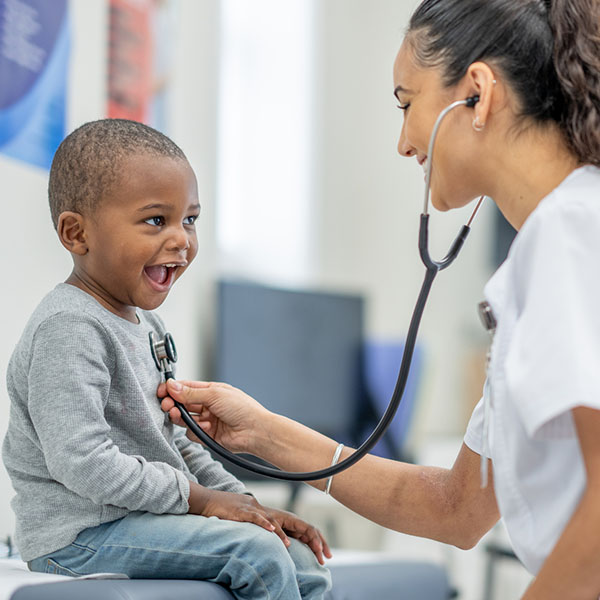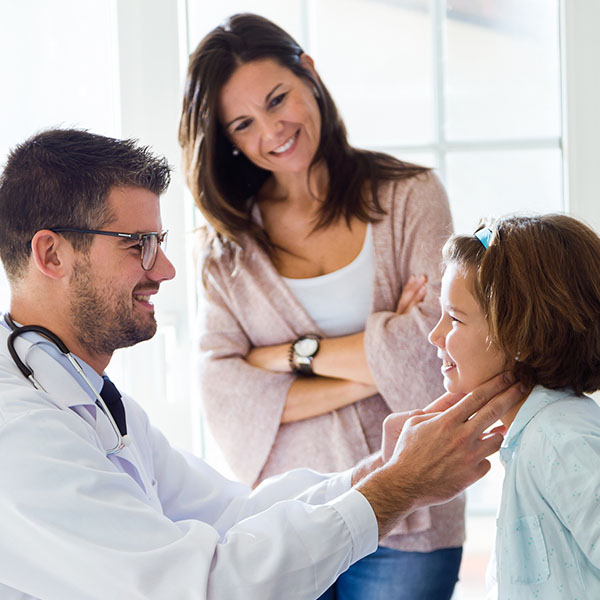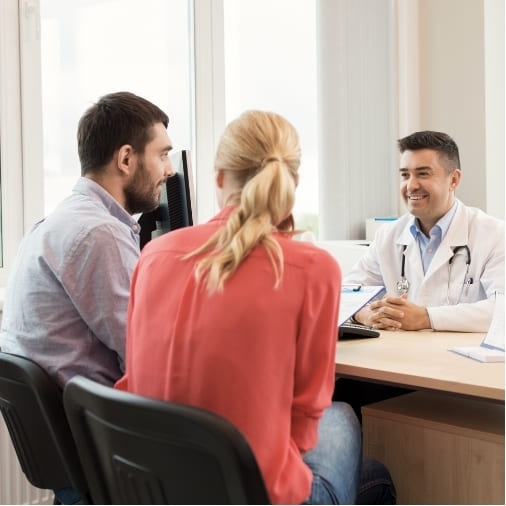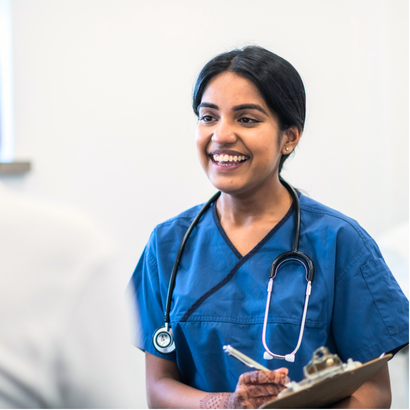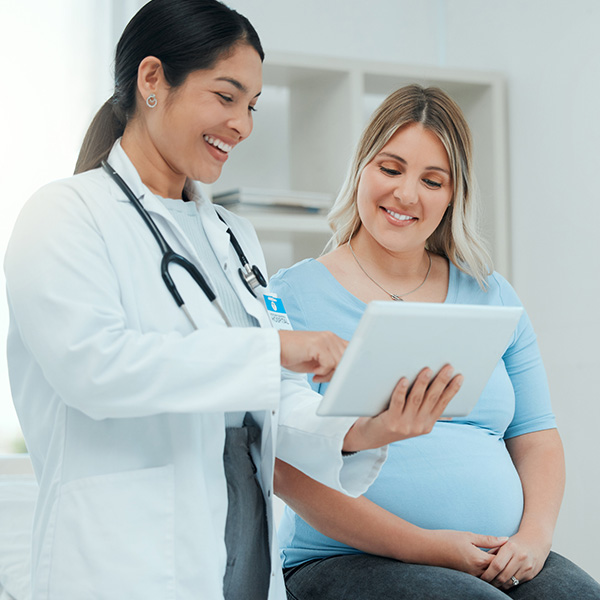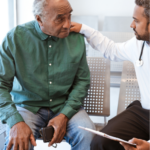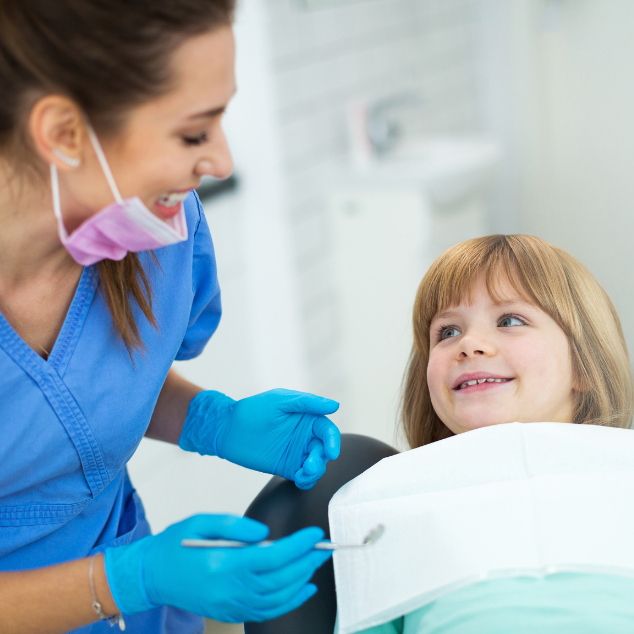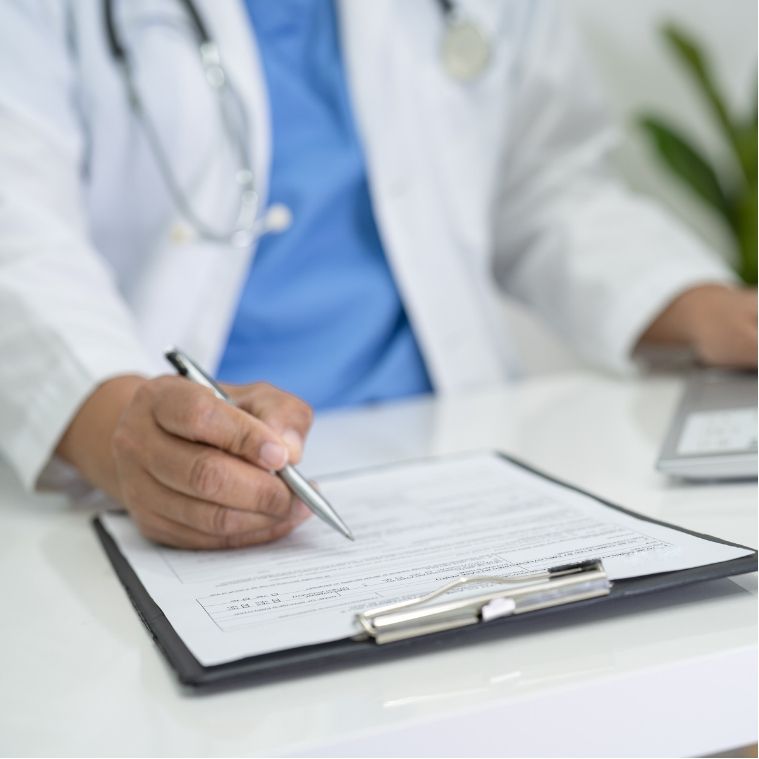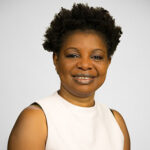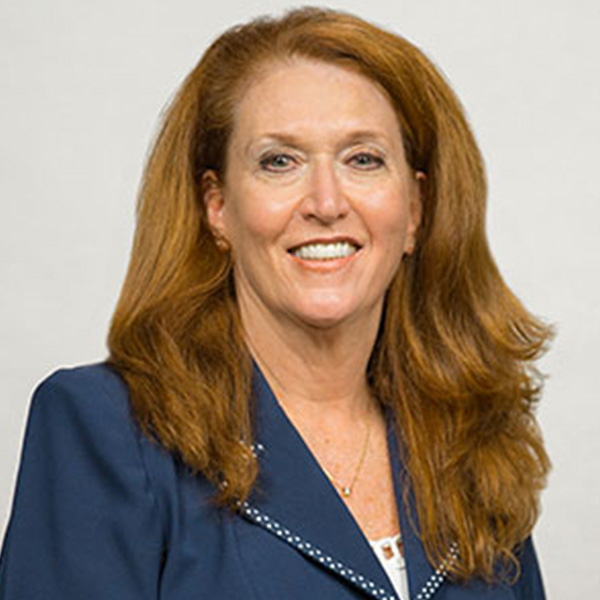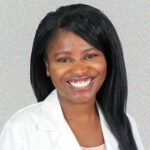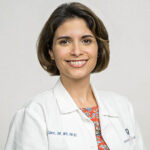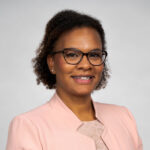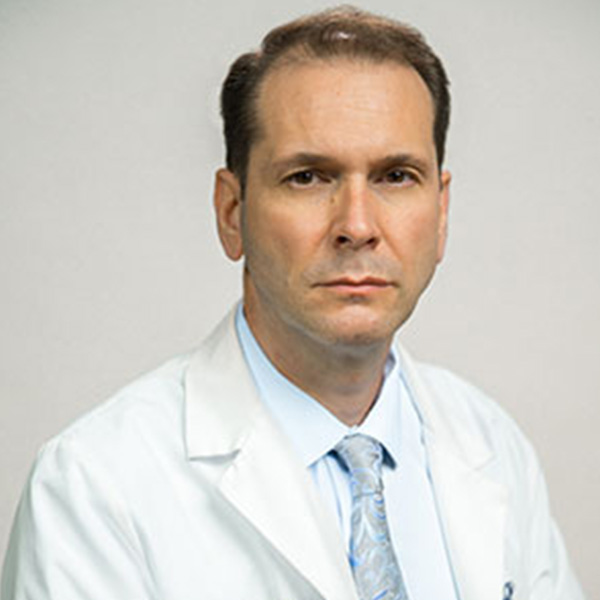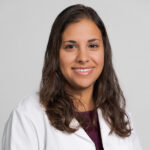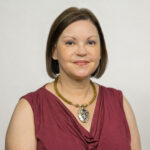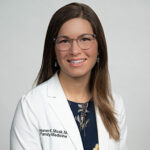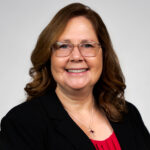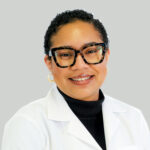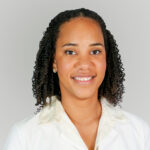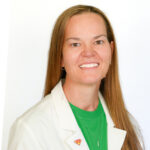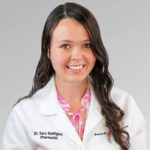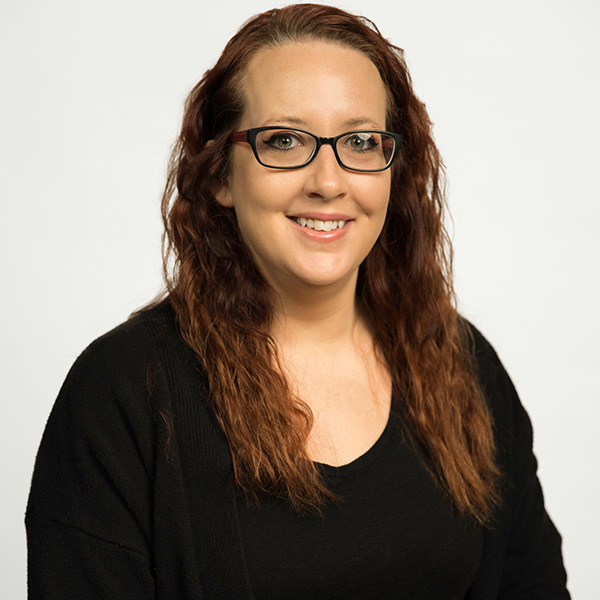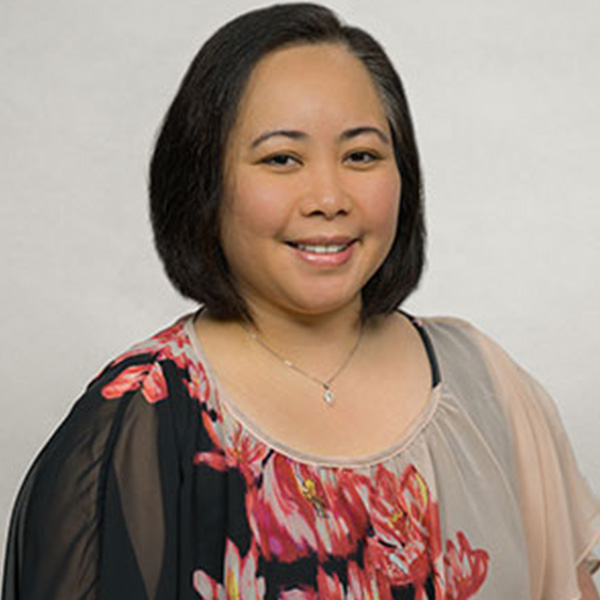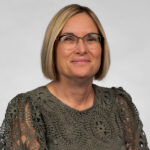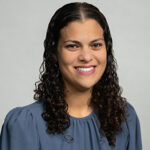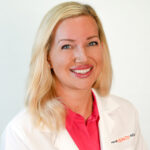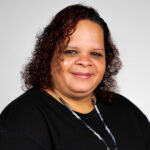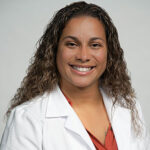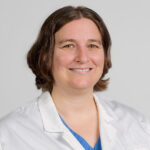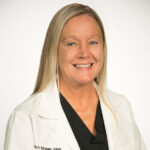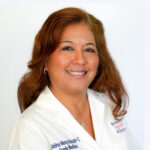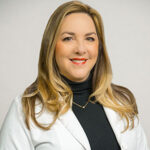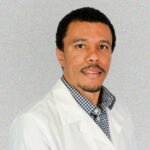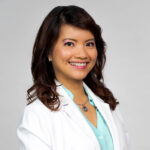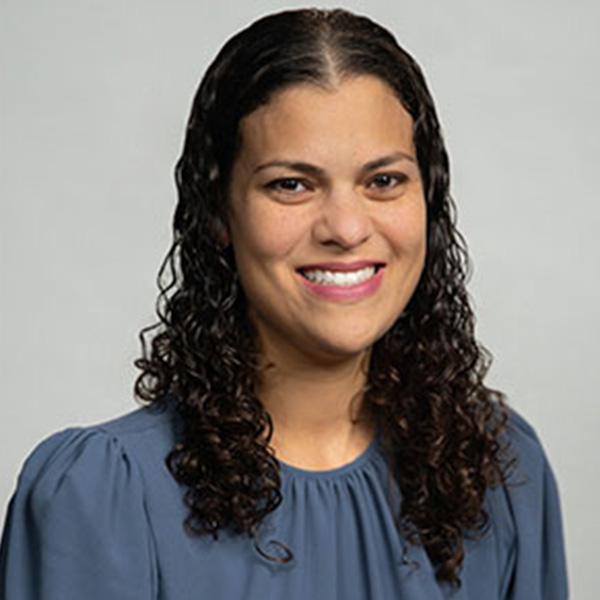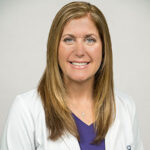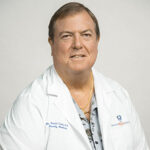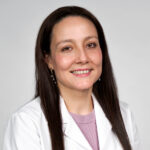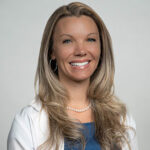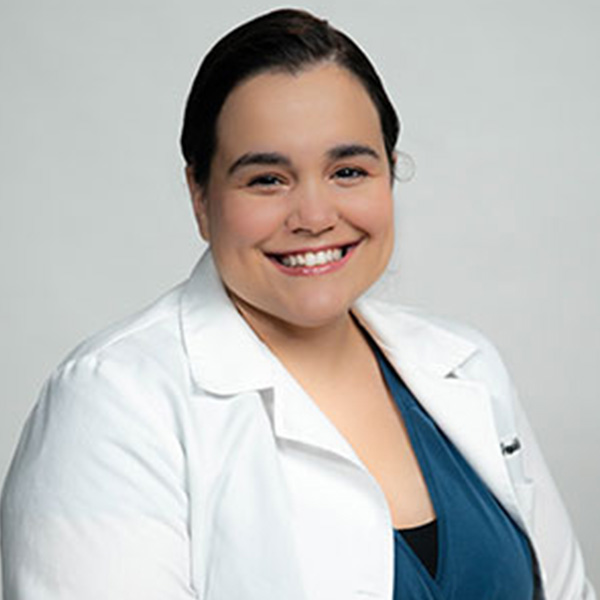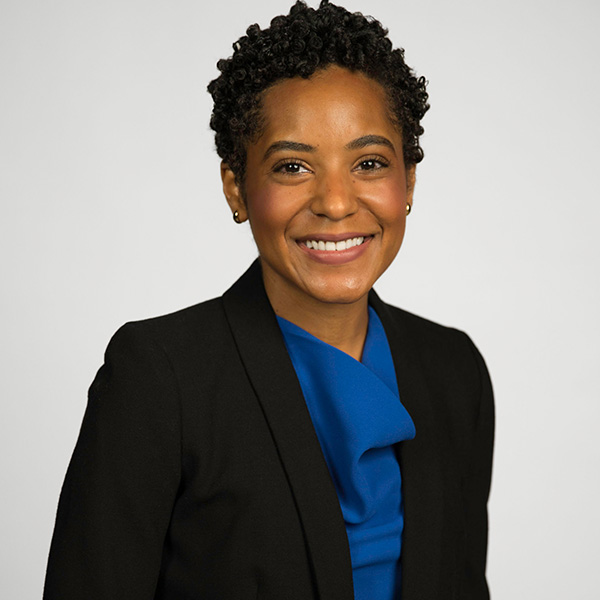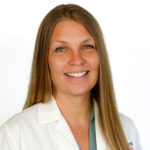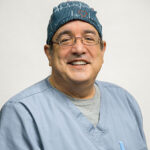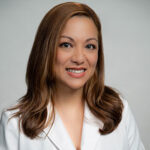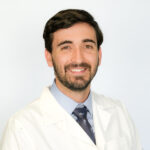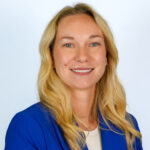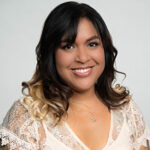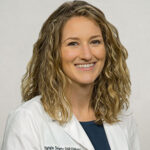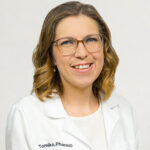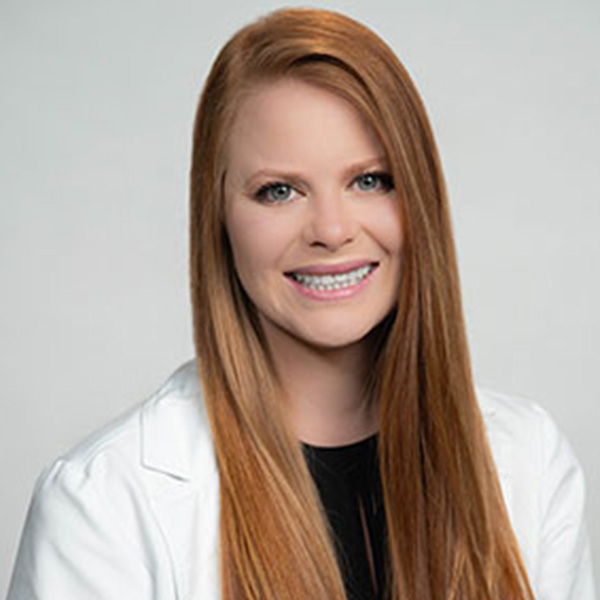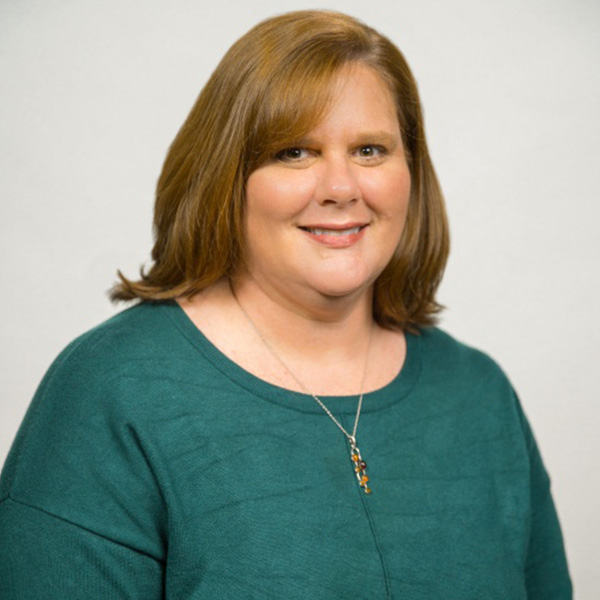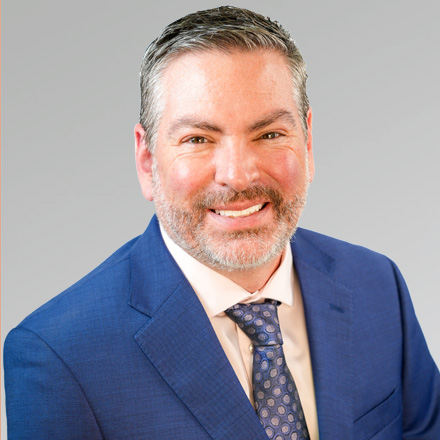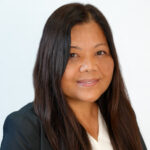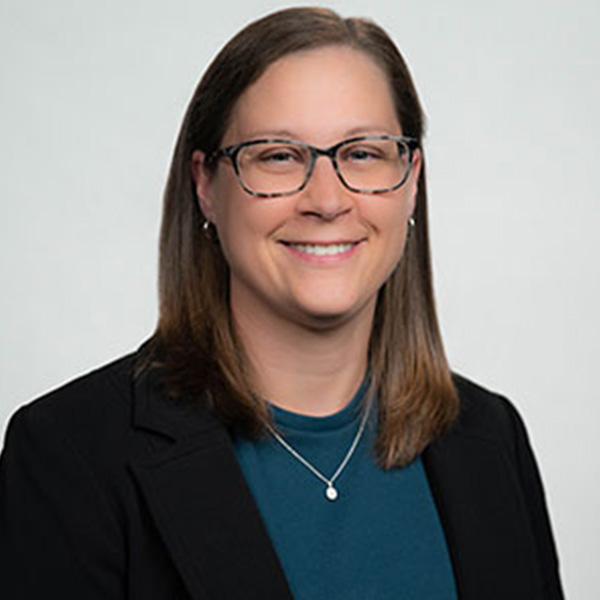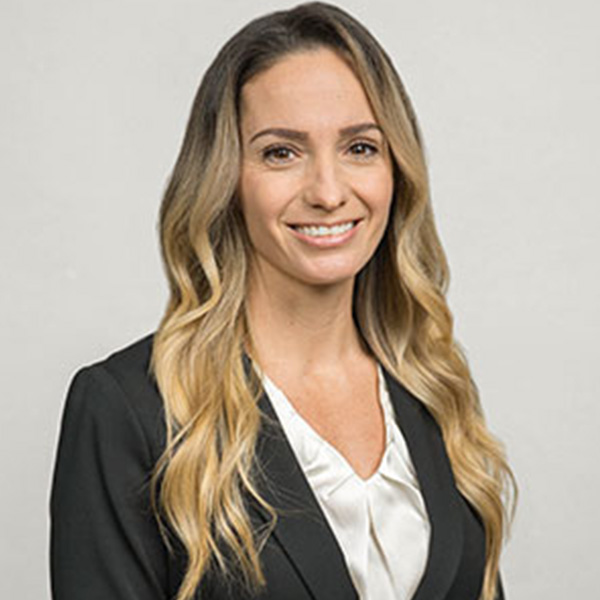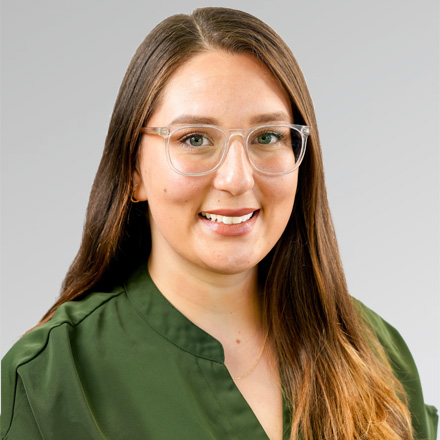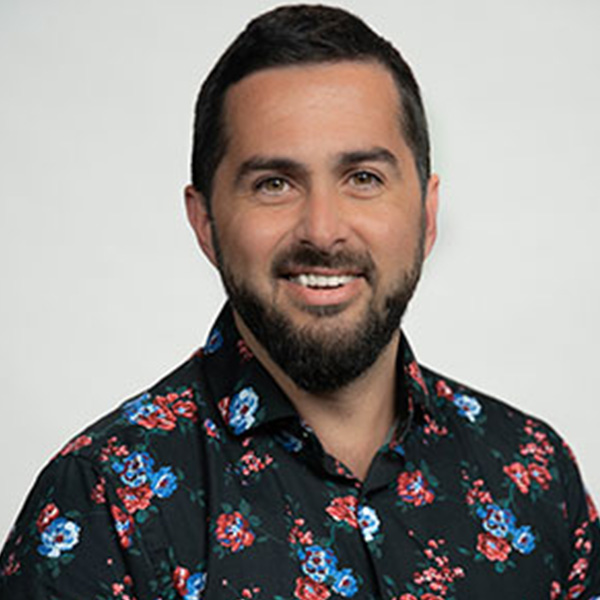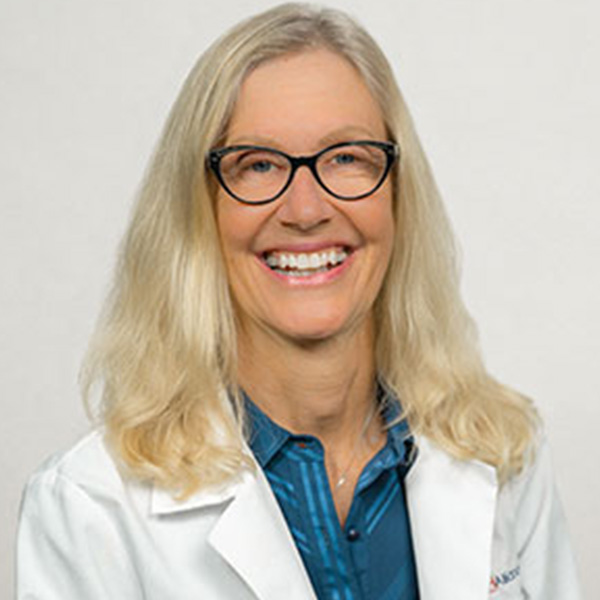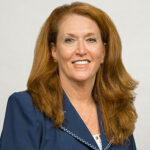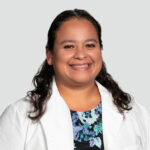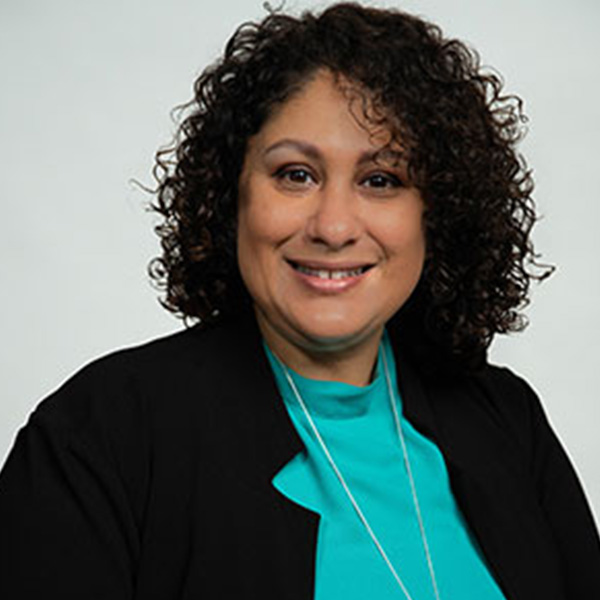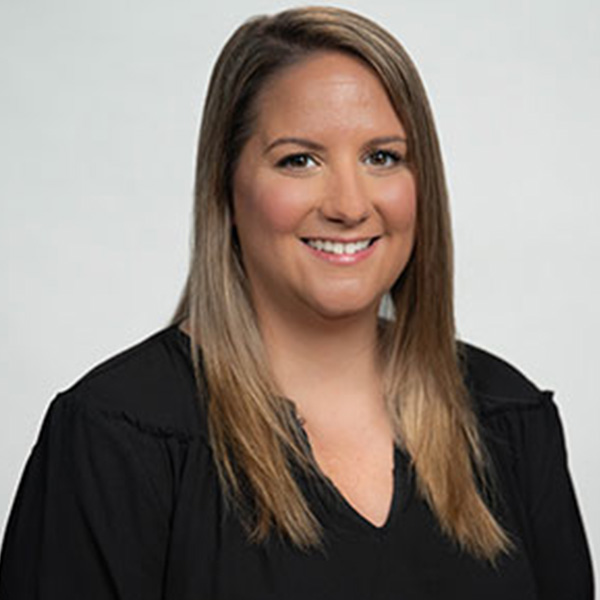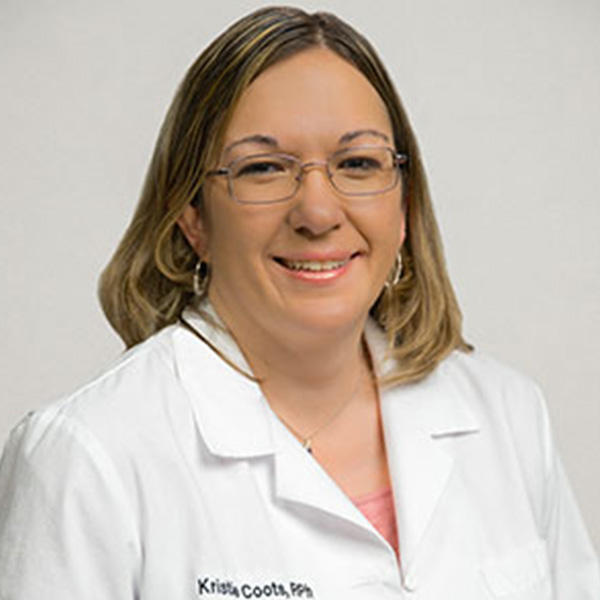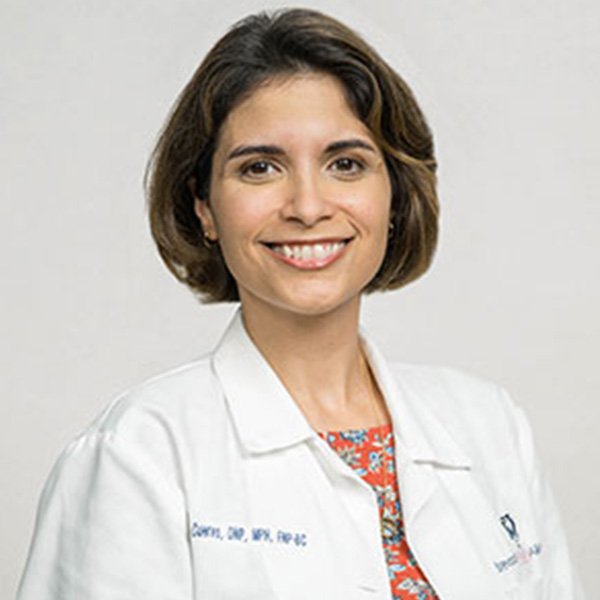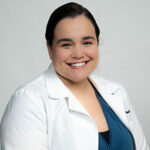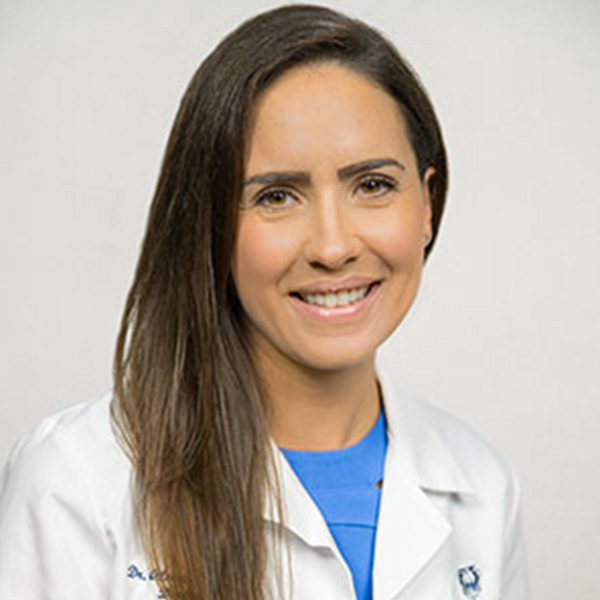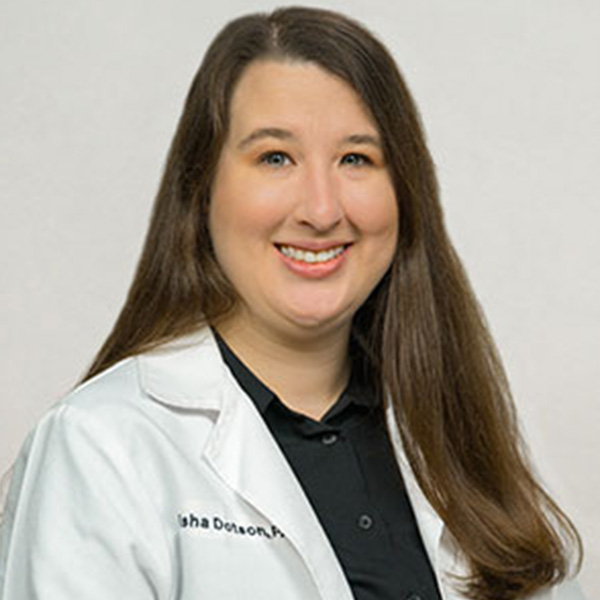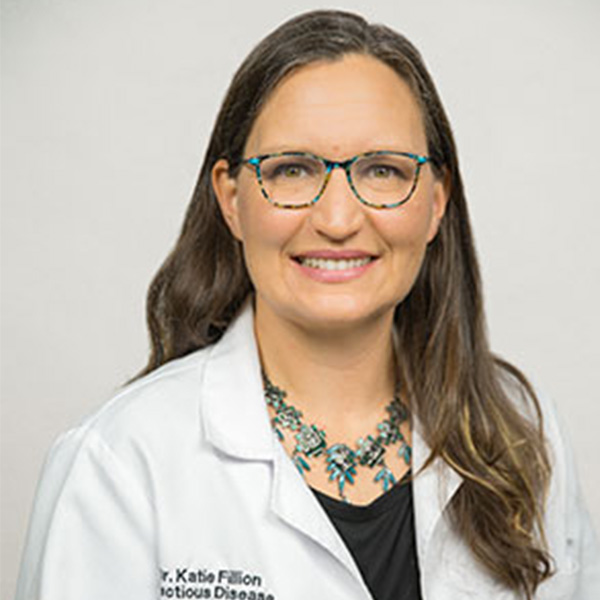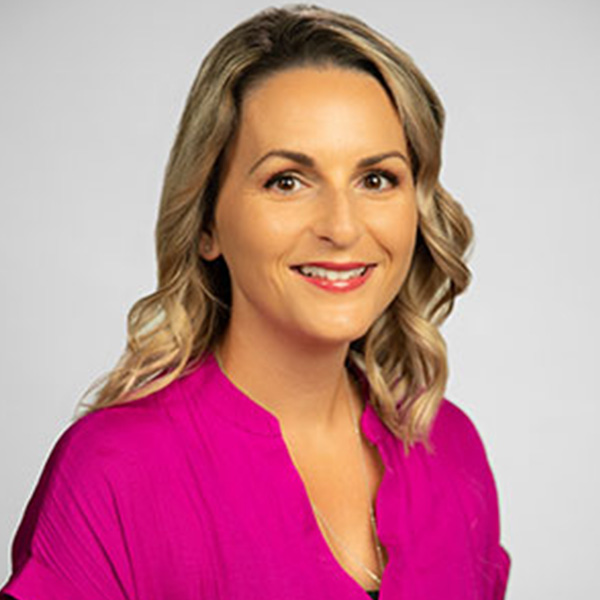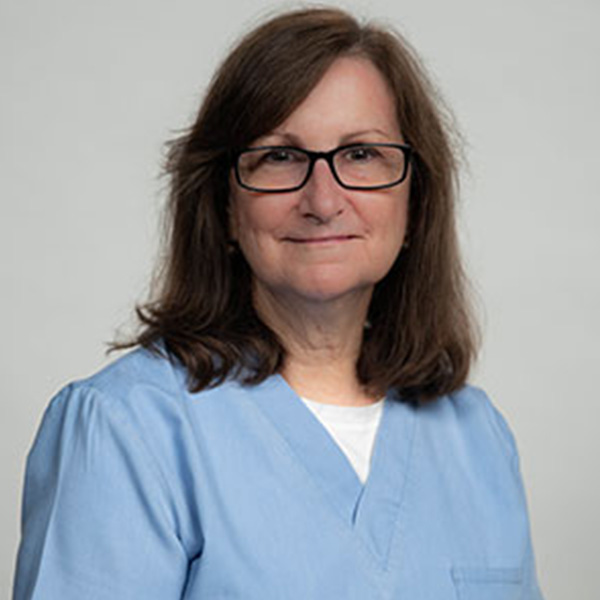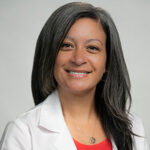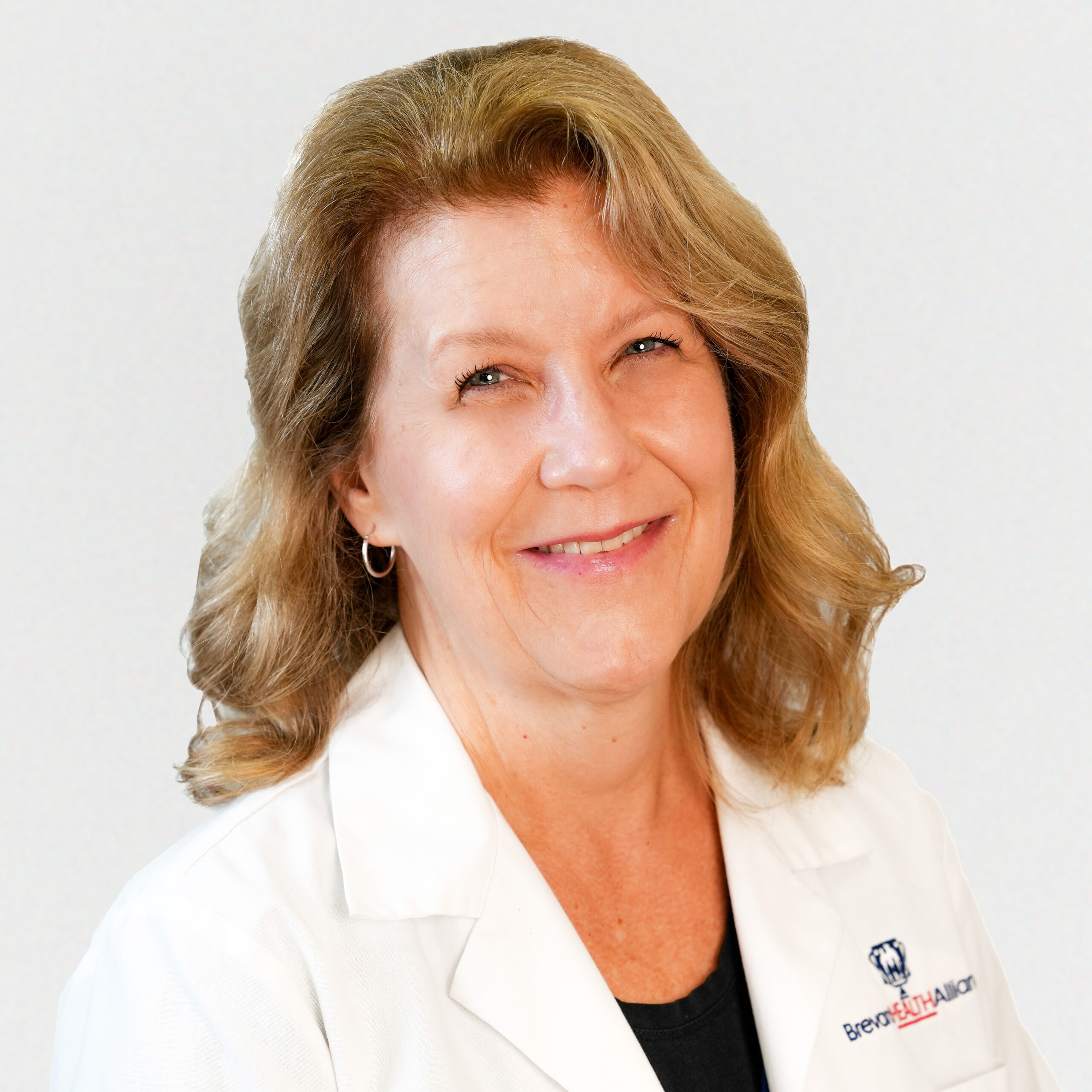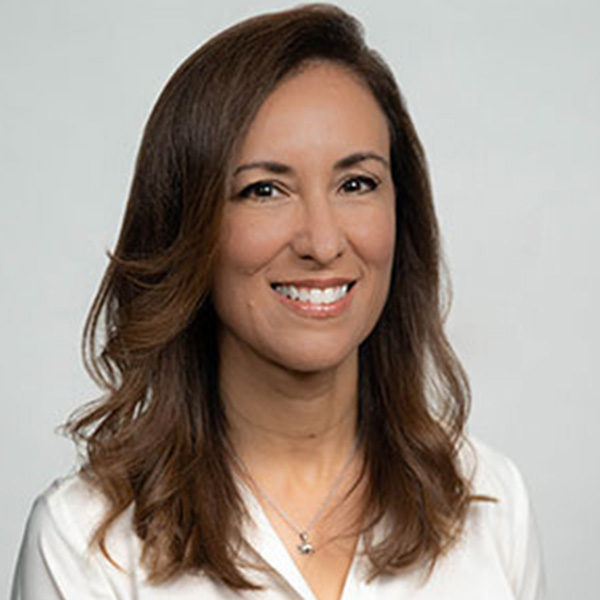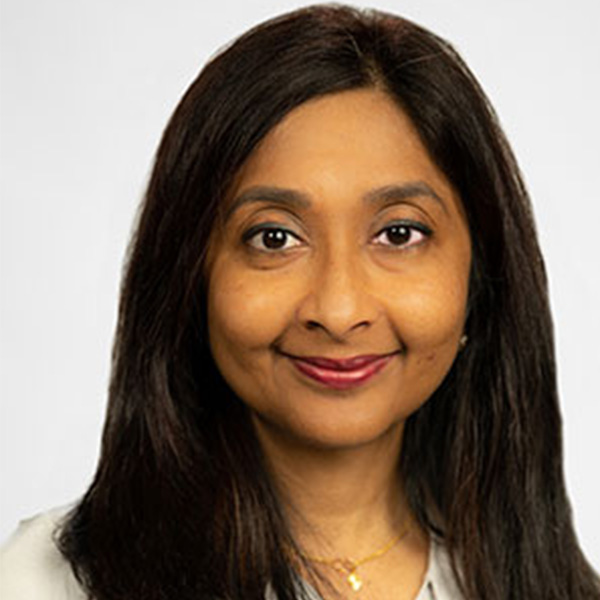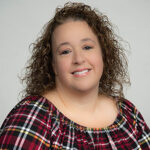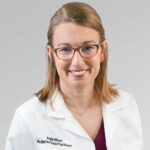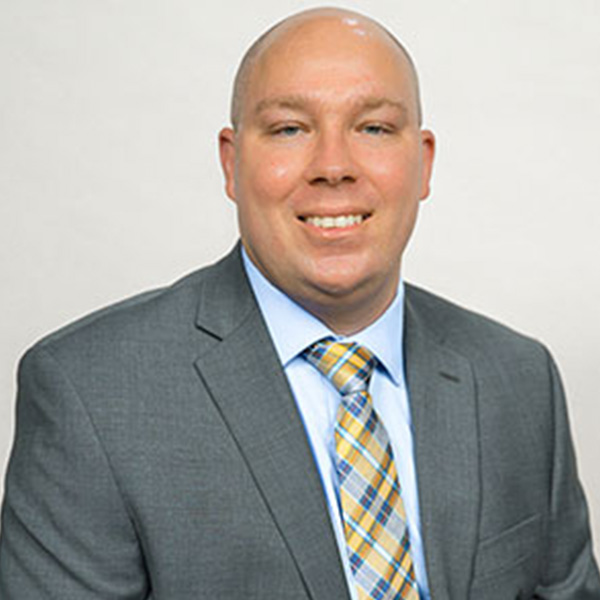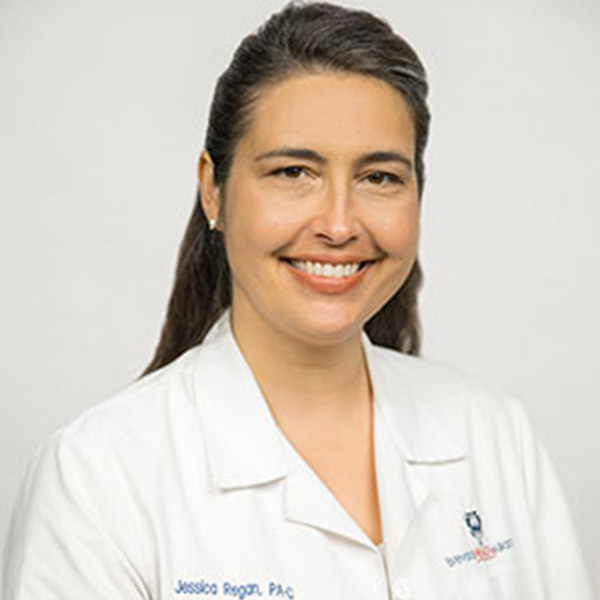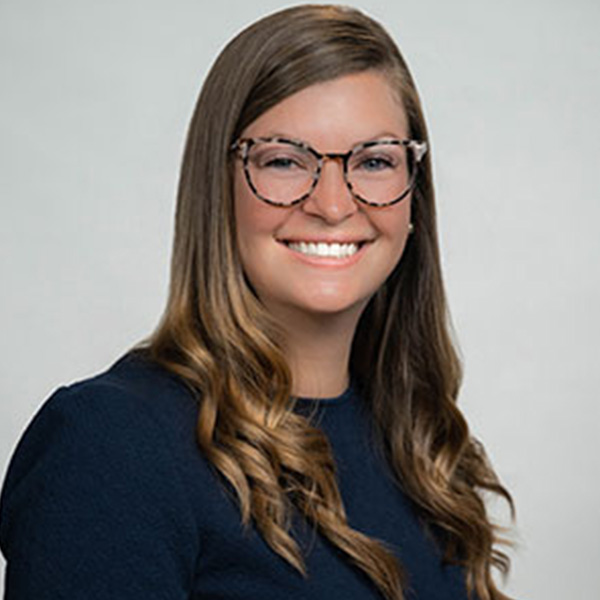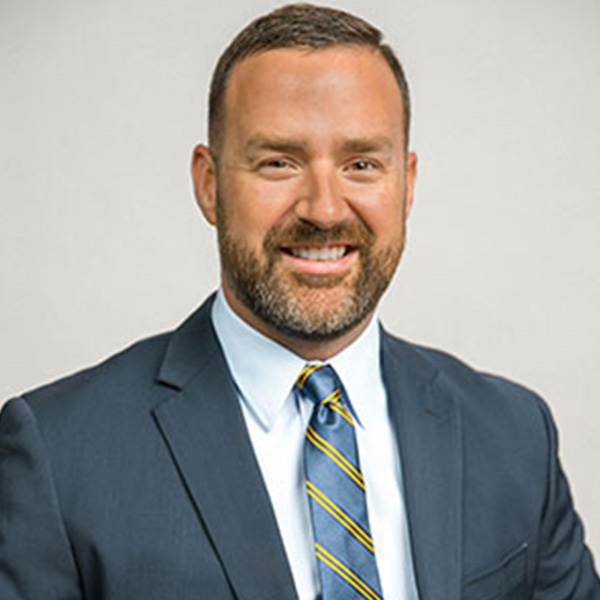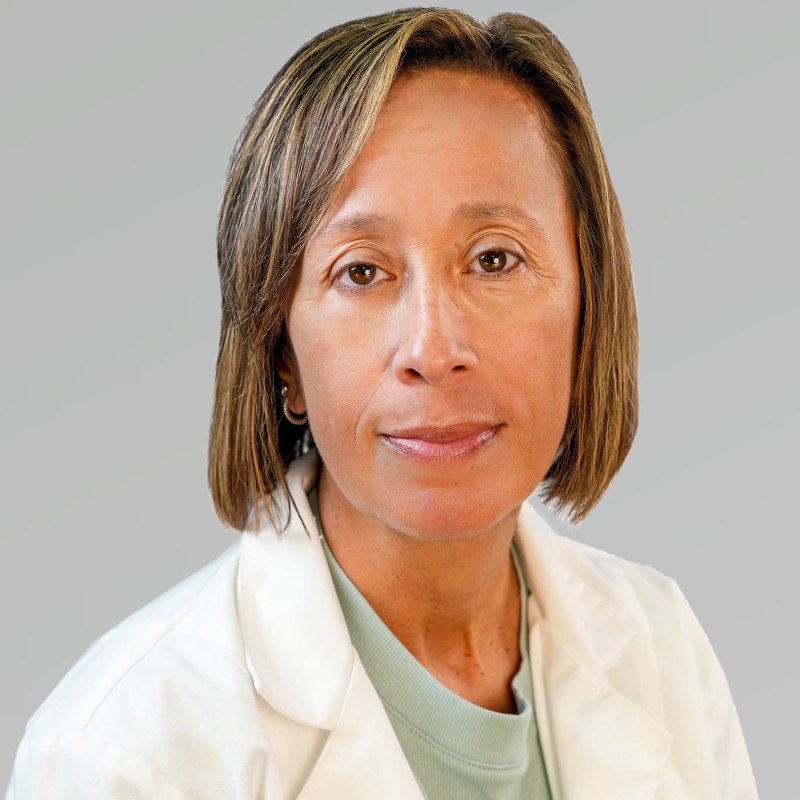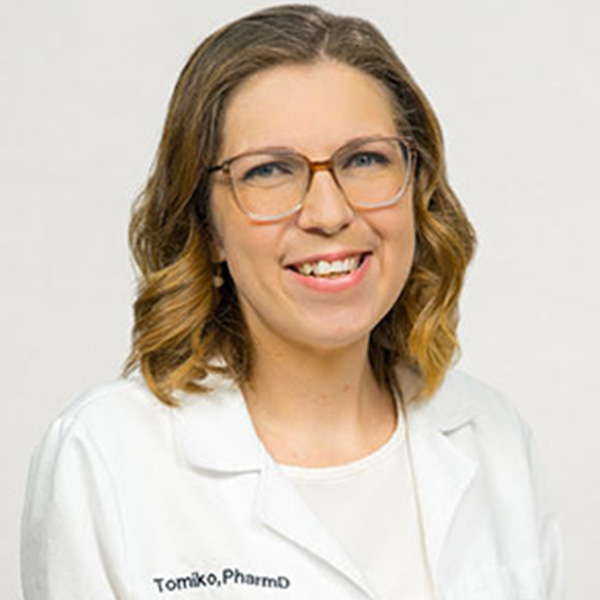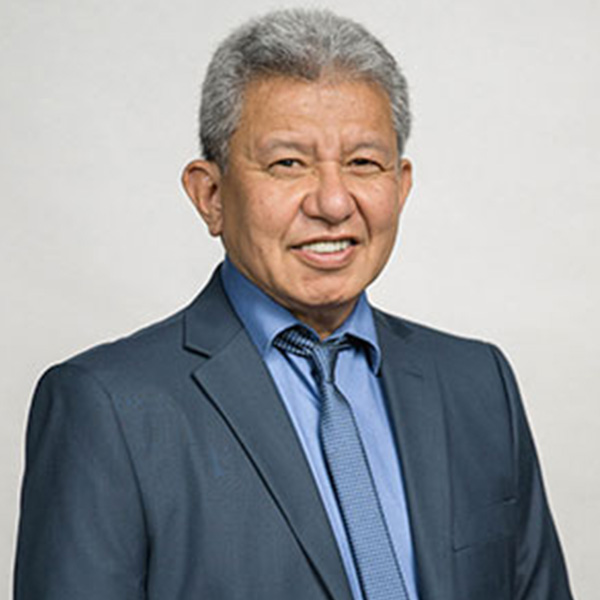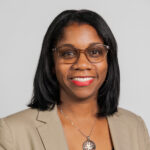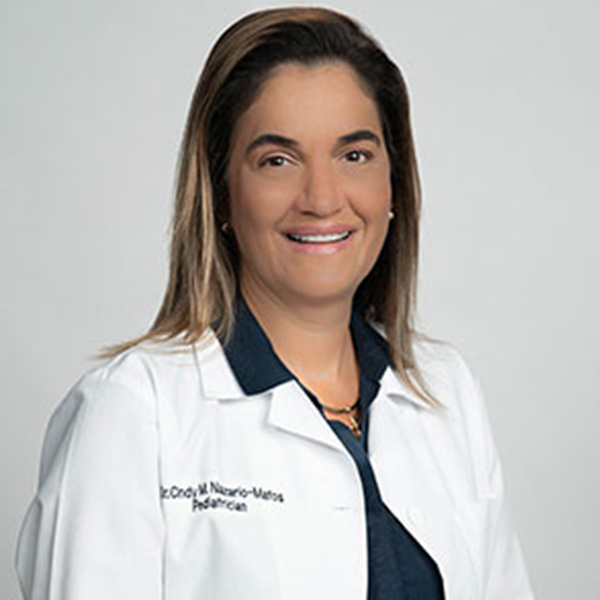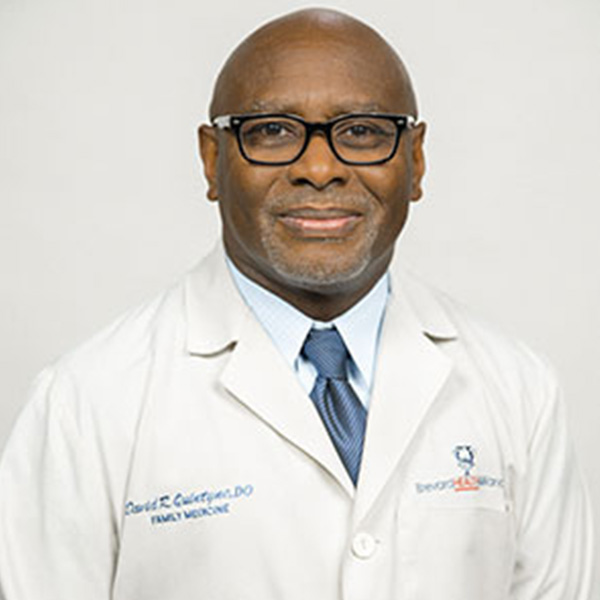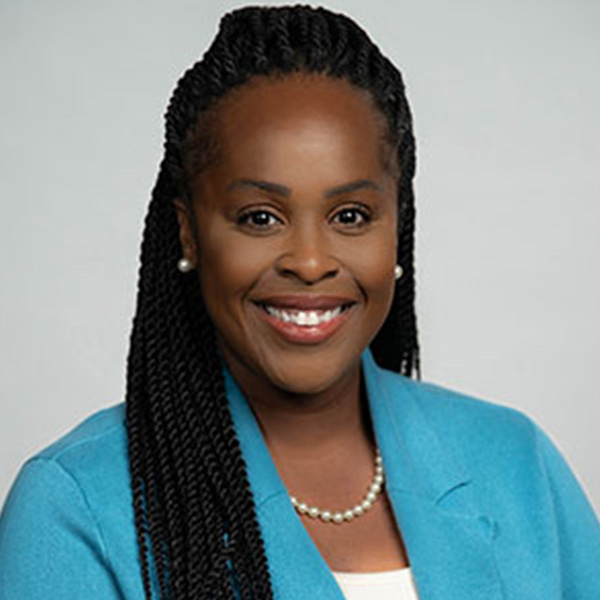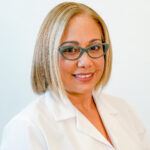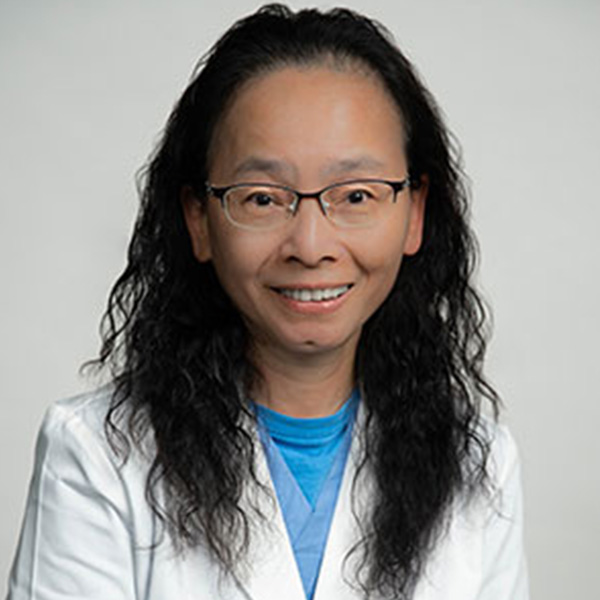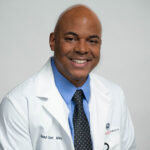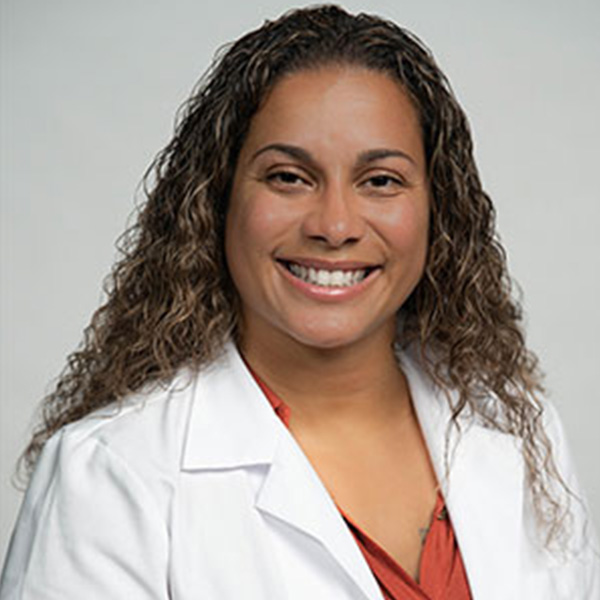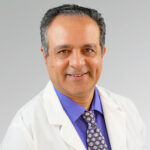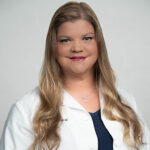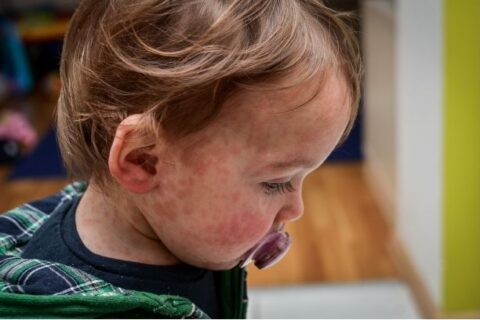Breast Cancer Awareness Month | What You Should Know
Breast Cancer Awareness
Breast cancer is one of the most common cancers among women next to skin cancer. Cancer happens when abnormal cells grow and invade healthy cells in the body. 1 in 8 women will develop cancer in their lifetime. No one knows the exact causes of breast cancer, and many of the symptoms are invisible and not noticeable without a professional screening.
What Is Breast Cancer?
The CDC defines it as a disease in which cells in the breast grow out of control. The type of cells within the breast that turn into cancer determines the kind of breast cancer.
It can begin in different areas of the breast, and ultimately can spread outside of the breast through blood vessels and lymph nodes to other parts of the body.
What Kinds of Breast Cancers Are There?
The two most common kinds of breast cancer are:
- Invasive ductal carcinoma – this occurs when cancer cells begin in the ducts and grow outside of the ducts to other parts of the breast tissue. It can metastasize, or spread, to other parts of the body.
- Invasive lobular carcinoma – this occurs when cancer cells begin in the lobules and spread to the breast tissue close by. This cancer can metastasize to other parts of the body.
Understanding the Risk
Lifestyle-related breast cancer risk factors are related to personal behaviors, such as diet and physical activity; it could also include decisions about having children and taking hormone medications. Other factors include:
- Drinking alcohol – the risk increases with the amount of alcohol consumed
- Being overweight or obese after menopause
- Not being physically active – especially in women past menopause
- Not having children – women who have not had children or who had their first child after age 30 have a slightly increased risk
- Not breastfeeding
- Taking hormonal birth control
- Menopausal hormone therapy
- Having breast implants
Some breast cancer risks cannot be affected such as aging or inheriting certain gene changes. Others include:
- Being born female
- Getting older
- Inheriting a gene – roughly 5%-10% of breast cancer cases are thought to be hereditary
- Having a family history of breast cancer
- Having a personal history of breast cancer
- Race and ethnicity – overall white women are slightly more likely to develop breast cancer than African American women
- Being taller
- Having dense breast tissue
- Having certain benign breast conditions
- Starting menstrual periods early
- Going through menopause later
- Having radiation to your chest
- Exposure to diethylstilbestrol (DES) – from the 1940s through early 1970s, some women were given an estrogen-like drug (DES) because it was thought to lower the risk of miscarriage
How Do I Know If I Might Have Breast Cancer?
If you are experiencing breast pain or abnormal lumps, contact your doctor for a breast exam. Women ages 40 or older should get checked routinely for breast cancer every 1 or 2 years, even if you aren’t experiencing any symptoms.
Other signs and symptoms include:
- Swelling of all or part of a breast
- Skin dimpling
- Breast or nipple pain
- Nipple retraction
- Nipple or breast skin that is red, dry, flaking, or thickened
- Nipple discharge
- Swollen lymph nodes under the arm or near the collar bone
There are many types of testing to help detect early signs of breast cancer including clinical breast exams, ultrasound, mammogram, thermography, MRI.
For most women, a mammogram every 1-2 years is the most effective screening tool.
If you have breast cancer risk factors, your provider may suggest genetic screening to determine your risk, earlier screening with mammogram, or different types of screening tests such as breast MRI to help decrease the chances that you would develop advanced breast cancer. Talk to your doctor if any of these apply to you.
What Is a Mammogram?
A mammogram is a low-grade x-ray that allows for a doctor to check breast tissue for any abnormal areas within the tissue that might be a sign of breast cancer.
What Happens If My Results Are Abnormal?
If your mammogram results come back as abnormal, your provider will order additional tests to offer a clearer image of the area and what’s going on. If those continue to show an abnormality, they may recommend a biopsy. A biopsy is the only way to confirm a diagnosis of breast cancer and determine the type of breast cancer.
It is important to remember that having lumps on the breast or changes on a mammogram is quite common and does not always mean that you have cancer. .
How Can Brevard Health Alliance Help?
We are a community health center that provides high quality, affordable healthcare to Brevard County, Florida. We work with community partners to offer equitable access to mammogram screenings for all patients regardless of ability to pay. For any concerns about your breast cancer risk, symptoms, or to get a mammogram ordered, contact us today!

